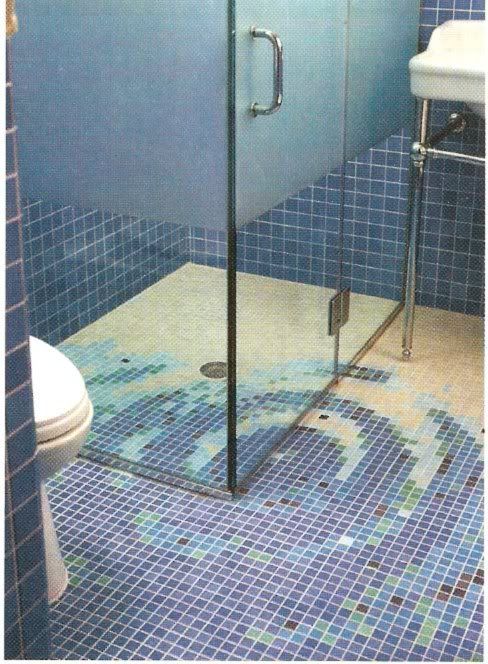Amish Electrici
Bronze Member
- Joined
- Apr 24, 2012
- Messages
- 39
As I design my new bathroom ....
Must a shower ALWAYS have a 2" curb all around it? Would having a second drain allow me to have a curbless pan?
I'd like the shower to be open to the bathroom, with the bathroom floor in general serving as the shower pan. Toilet can be wall-mounted, eliminating that potential leak. The plan for the vanity is to have it empty into a 'floor sink,' which would also serve as a seconary drain should the shower drain become plugged. Each drain will separately connect to the main sewer.
The advantage? A shower that is completely 'barrier free'- plus, no need to worry over any overspray that might get past the curtain.
The entire bathroom will measure about 8' x 10'. The layout would maybe allow 5-ft for a ramp, but "dropping" the floor below the rest of the house would require changes to at least ten floor joists.
What do you think?
Must a shower ALWAYS have a 2" curb all around it? Would having a second drain allow me to have a curbless pan?
I'd like the shower to be open to the bathroom, with the bathroom floor in general serving as the shower pan. Toilet can be wall-mounted, eliminating that potential leak. The plan for the vanity is to have it empty into a 'floor sink,' which would also serve as a seconary drain should the shower drain become plugged. Each drain will separately connect to the main sewer.
The advantage? A shower that is completely 'barrier free'- plus, no need to worry over any overspray that might get past the curtain.
The entire bathroom will measure about 8' x 10'. The layout would maybe allow 5-ft for a ramp, but "dropping" the floor below the rest of the house would require changes to at least ten floor joists.
What do you think?


